Creating a garden that welcomes garden-friendly pollinators can transform your outdoor space into a vibrant hub of biodiversity. Bees, butterflies, birds, and other pollinators play a crucial role in our ecosystems, and supporting them can lead to healthier plants and a more productive garden. Have you ever considered the impact your garden has on local wildlife? By creating a pollinator-friendly space, you can help sustain biodiversity while enjoying a beautiful and productive garden.
Key Takeaways
– Pollinators Are Essential: Bees, butterflies, birds, and beetles are crucial for plant reproduction and producing fruits, vegetables, and flowers.
– Ways to Support Pollinators: Acquire pollinators through nurseries, online retailers, companion planting, or renting habitats.
– Best Practices: Create pollinator-friendly spaces, provide food sources like nectar and pollen, and avoid harmful chemicals.
– Marigolds Attract Pollinators: These vibrant flowers draw bees and butterflies, aiding in plant reproduction.
– Garden Transformation: Designate areas for pollinators by planting native flowers, installing shelters, and maintaining healthy soil.
– Old Seed Products: Use trusted brands like Old Seed for high-quality pollinator habitats and feeders.
How to Create a Pollinator-Friendly Garden
A pollinator-friendly garden offers essential resources for bees, butterflies, birds, and other pollinators. By incorporating the right plants, water sources, and habitats, you can create a welcoming space that supports pollinator populations.
1. Choose Pollinator-Friendly Plants
- Select native plants suited for your region—they thrive naturally and provide consistent nectar and pollen sources.
- Incorporate plants with varied shapes, sizes, and colors to ensure blooms throughout the growing season.
- Add plants like milkweed for monarch butterflies, aster for pollinators, and sunflowers for goldfinches.
- Include vegetables and herbs such as tomatoes, basil, and parsley, whose flowers also attract pollinators.
2. Provide Water Sources
- Install a bird bath or pond to offer drinking water for pollinators.
- Consider a drip irrigation system to keep plants hydrated during dry periods.
3. Create Habitat Diversity
- Add deadwood piles or logs for insects and small animals to use as shelters.
- Build nesting boxes for birds, such as those designed for swallows or bluebirds.
- Plant tall grasses and dense shrubs to provide shelter and protection.
4. Enhance Soil Health
- Compost regularly to improve soil structure and nutrient availability.
- Apply organic mulch, such as wood chips or leaf mold, to retain moisture and suppress weeds.
5. Diversify Plant Types
- Include a mix of annuals, perennials, and bulbs to extend the blooming period.
- Choose plants that bloom at different times of the year to ensure a continuous food source.
6. Maintain Properly
- Deadhead flowers promptly to encourage re-blooming and prevent seed dispersal.
- Prune plants annually to remove diseased growth and promote new development.
7. Provide Shelter and Protection
- Plant dense shrubs and trees along borders to create a buffer against wind and predators.
- Leave patches of unmowed grass and dead wood for insects and small animals to inhabit.
8. Practice Seasonal Care
- Overwinter plants like milkweed and verbena to ensure they return each spring.
- Protect sensitive plants from frost with row covers or cold frames during winter months.
By implementing these strategies, you can create a thriving pollinator-friendly garden that supports local wildlife and contributes to ecosystem health. For more tips and resources on sustainable gardening, explore our heirloom gardening guide and native plant collection .
Plants That Attract Pollinators in a Vegetable Garden
- Tomatoes: Attract pollinators with their vibrant flowers and nectar-rich blossoms.
- Peppers: Bright flowers draw in pollinators, aiding in fruit development.
- Cucumbers: Flowers provide nectar and pollen, supporting pollinator activity.
- Zucchini and Squash: Belonging to the Cucurbitaceae family, their flowers attract numerous pollinators.
- Beans: Both pole and bush varieties have flowers that welcome pollinators.
- Sweet Corn: Tassels produce pollen, relying on bees and wind for transfer to silks.
- Eggplant: Flowers attract pollinators, contributing to fruit growth.
How to Self-Pollinate Your Garden
To ensure successful self-pollination of your garden plants like tomatoes, peppers, and eggplants, follow these organized steps:
- Identify Self-Pollinating Plants: Start by recognizing which plants in your garden require self-pollination. Common ones include tomatoes, peppers, and eggplants.
- Observe Flower Readiness: Check each flower to determine if it’s ready for pollination. Look for open flowers with visible stigmas, typically during mid-morning to late afternoon when temperatures are moderate.
- Gather Tools: Prepare materials like a small paintbrush, soft gloves, and a container (e.g., an old spoon or paper envelope) to collect and transfer pollen.
- Collect Pollen Gently: Lightly shake the plant to allow pollen to fall onto the stigma. Alternatively, use your fingers or the brush to gently remove pollen from the anthers without bruising the flowers.
- Transfer Pollen: Dip your tool into the collected pollen and brush it onto the stigmas of other flowers. Focus on a few flowers initially to test effectiveness.
- Consider Environmental Factors: Perform pollination outdoors during the day when flowers are open. Ensure plants receive adequate sunlight and proper care post-pollination.
- Avoid Over-Pollination: Apply pollen sparingly to prevent stress on plants. Each flower may only need a small amount.
- Sanitize Tools: Rinse your tools after use to prevent transferring any potential pathogens to the plants.
By following these steps, you can effectively facilitate self-pollination, enhancing your garden’s productivity and ensuring healthy growth of your crops.
Can I Buy Pollinators for My Garden?
Yes, you can buy pollinators for your garden to support plant reproduction and biodiversity. Pollinators like bees, butterflies, birds, and beetles are essential for fertilizing plants and producing fruits, vegetables, and flowers. Here’s how you can acquire them:
Ways to Obtain Pollinators
- Purchase from Nurseries or Garden Centers : Many local nurseries and garden centers sell pollinator kits, which include habitats or food sources like butterfly houses or bee hotels.
- Online Retailers : Websites like Old Seed offer specialized pollinator habitats and food plants tailored for attracting pollinators. These products are designed to create welcoming environments for bees, butterflies, and other pollinators.
- Companion Planting : While you can’t buy live pollinators, you can attract them by planting native flowers, herbs, and vegetables that provide nectar and pollen. This approach works well if you’re already growing plants that pollinators favor.
- Consider Renting or Leasing : Some companies now offer pollinator rental services, where you can lease habitats for a season to encourage pollinators to visit your garden.
Best Practices for Supporting Pollinators
- Create Pollinator-Friendly Spaces : Plant a variety of flowers, shrubs, and trees that cater to different pollinator species.
- Provide Food Sources : Set up bird feeders, bee feeders, or water sources to supplement their diet.
- Minimize Harmful Chemicals : Avoid using pesticides and herbicides, as they can harm pollinators.
By purchasing pollinator habitats or supporting pollinator-friendly practices, you can contribute to the health of your garden and the broader ecosystem. Remember to choose reputable suppliers like Old Seed for high-quality products designed to promote pollinator success.
How to Transform Your Yard into a Pollinator-Friendly Garden
To create a pollinator garden, start by selecting a suitable location in your yard that receives adequate sunlight, preferably six hours a day. Consider your yard’s size and accessibility for easy maintenance.
Plan Your Layout
Divide your garden into three sections for succession planting:
- Spring Bloomers: Flowers like pansies, violas, and calendula.
- Summer Blooms: Coneflowers, larkspur, and sunflowers.
- Fall Showstoppers: Aster, goldenrod, and sedum.
Choose Plants Wisely
Select native plants suited to your region for optimal growth and pollinator appeal. Some recommended plants include:
- Lavender
- Sunflowers
- Coneflowers
- Basil
- Milkweed
- Daisy
- Verbena
Provide Water Sources
Add a birdbath or shallow pond to offer drinking water. Ensure it’s clean and changed regularly to prevent mosquito breeding.
Create Shelter
Install a bug hotel or nest boxes for pollinators. These can be purchased from local garden centers or online stores.
Prepare the Soil
Test your soil’s pH levels and amend with compost or organic matter. Most flowering plants thrive in slightly acidic to neutral soil.
Fertilize Appropriately
Use organic fertilizers like compost or slow-release balanced fertilizers to promote healthy plant growth without harming pollinators.
Manage Weeds and Pests
Apply mulch to control weeds and retain moisture. Monitor for common pests and treat with natural methods like neem oil or insecticidal soap.
Regular Maintenance
Deadhead flowers regularly to encourage new blooms and maintain the garden’s appearance. Water deeply but less frequently once established.
Attract Bird Friends
Set up a bird feeder or install nesting boxes to attract birds that help control pest populations.
Educate and Share
Inform your community about your pollinator garden by sharing information through signs or hosting educational workshops to inspire others to create their own gardens.
By following these steps, you’ll create a welcoming space for pollinators, contributing to a healthier ecosystem while enjoying the beauty of your garden.
Do Marigolds Attract Bees and Butterflies?
Marigolds are well-known for their ability to attract pollinators, including bees and butterflies. Here’s a breakdown of how and why:
- Attracting Bees :
Bees are essential pollinators, and marigolds provide an abundant source of nectar and pollen. Their vibrant colors and open flower structures make them highly accessible to bees, which play a vital role in plant reproduction through pollination. - Attracting Butterflies :
Butterflies, particularly species like the checkered butterfly, are drawn to marigolds due to their bright colors and shape. These features mimic the appearance of female butterflies, luring male butterflies to mate.
Why This Happens :
Marigolds’ colorful petals serve as a signal to pollinators, indicating the presence of nutritious nectar and pollen. Their accessibility ensures that pollinators can easily reach the nectar, facilitating effective pollination.
For more insights on attracting pollinators, explore our guide to attracting pollinators . If you’re interested in learning about other flowers that attract bees and butterflies, check out our flower comparison page .
In conclusion, marigolds effectively attract bees and butterflies, making them valuable additions to gardens and wildlife habitats.
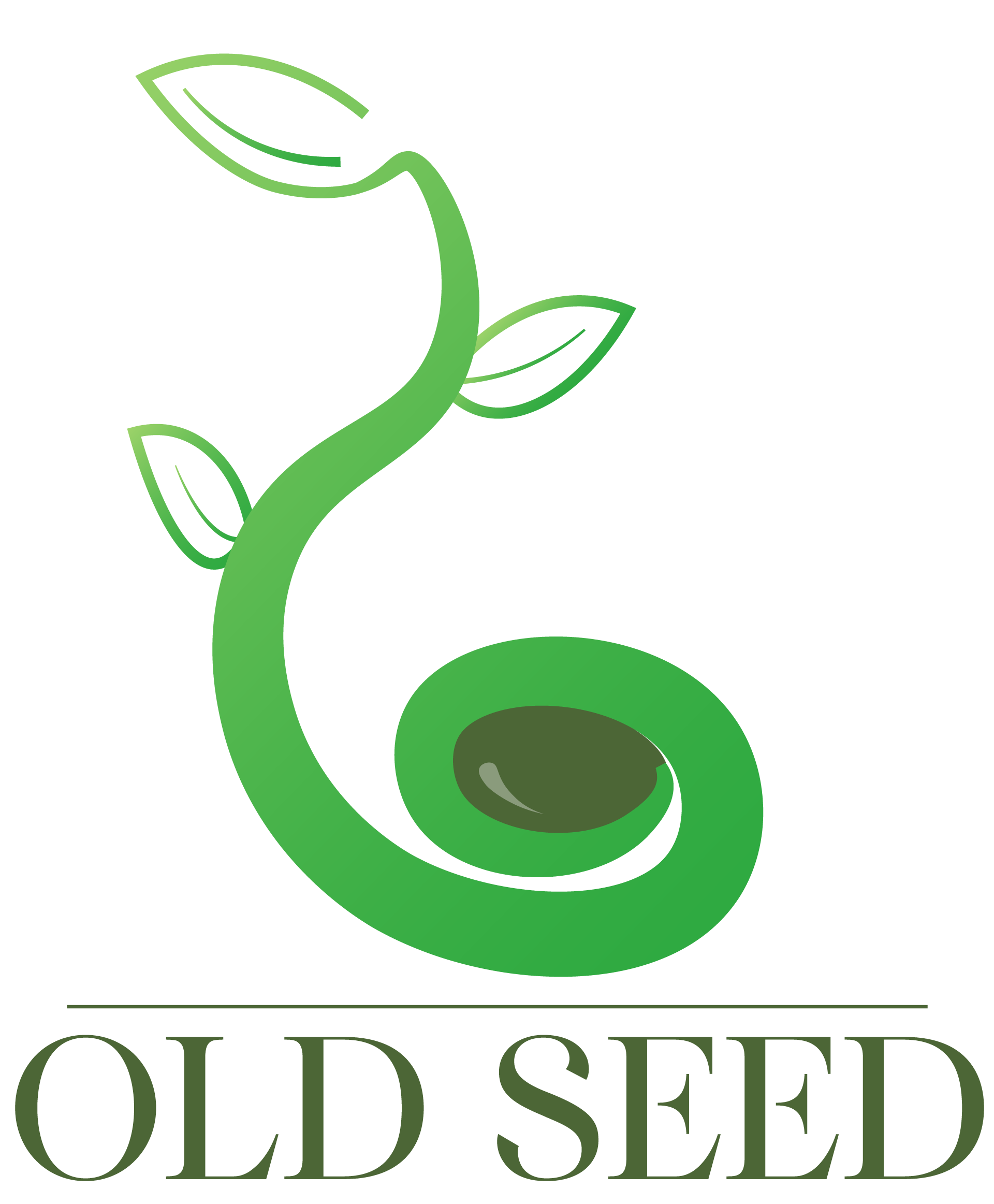

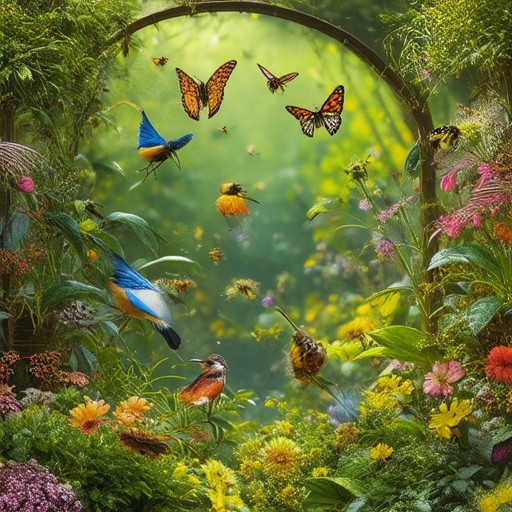

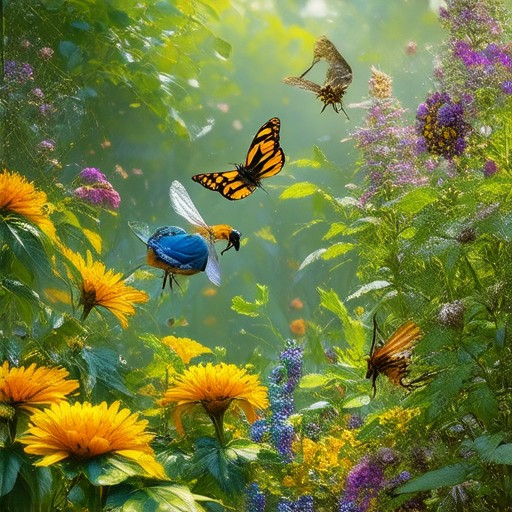
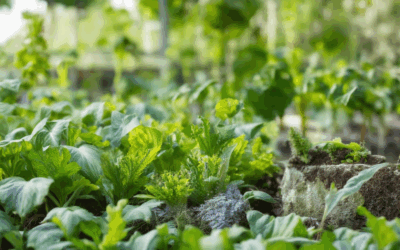
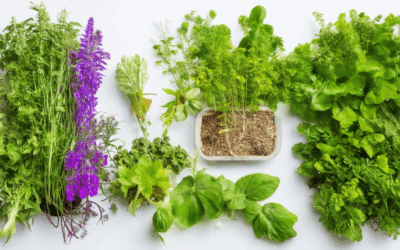
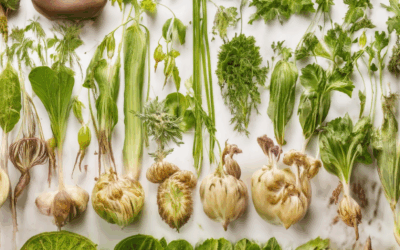
0 Comments